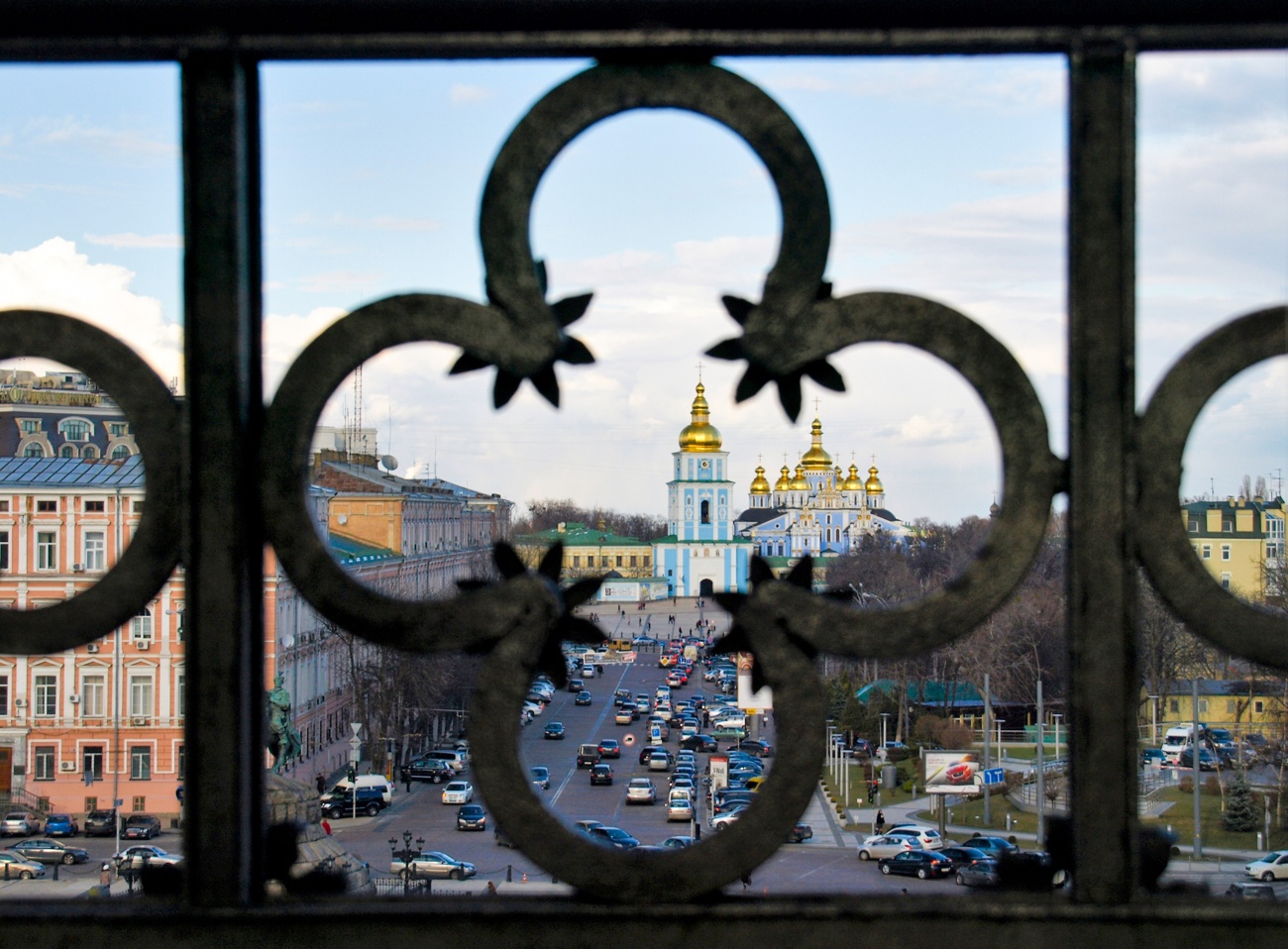
Eight jewels to protect
Ukraine has eight sites designated as World Heritage Sites by Unesco among cultural or natural assets, three of them shared with other countries, such as the Struve Geodesic Arch, the beech forests or the tserkvas. The latest addition has been the historic center of the city of Odessa, threatened by the war with Russia. In this gallery, we show you all the jewels of the country under international protection:
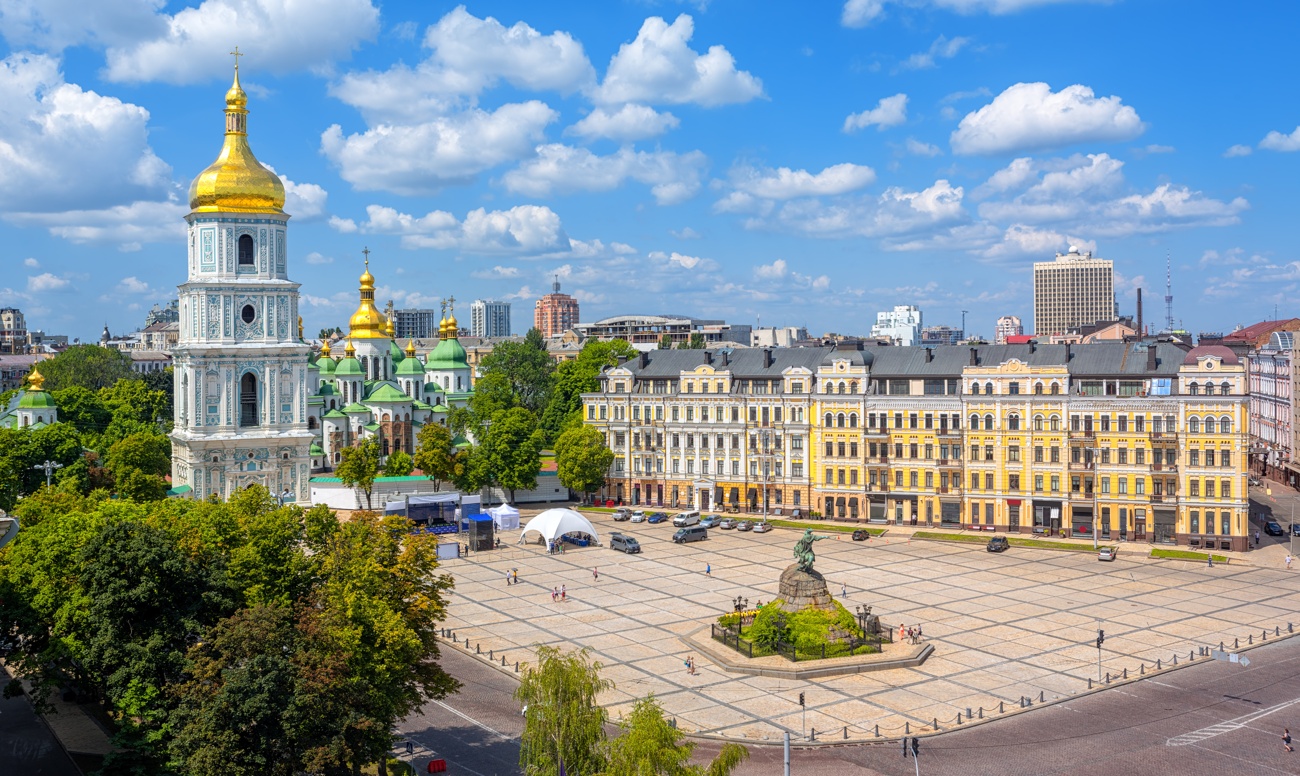
1. Kyiv: Saint-Sophia Cathedral and Pechersk Lavra
The construction of St. Sophia Cathedral began in 1037 by order of Prince Yaroslav I the Wise to rival St. Sophia of Constantinople and thus be the symbol of the ‘New Constantinople’, as the capital of the Kievan principality was called, created in the 11th century in a region evangelized after the baptism of St. Vladimir (988). The spiritual and intellectual influence of the Kievo-Petchersk monastery contributed to the spread of Orthodox faith and thought in the region between the 17th and 19th centuries.
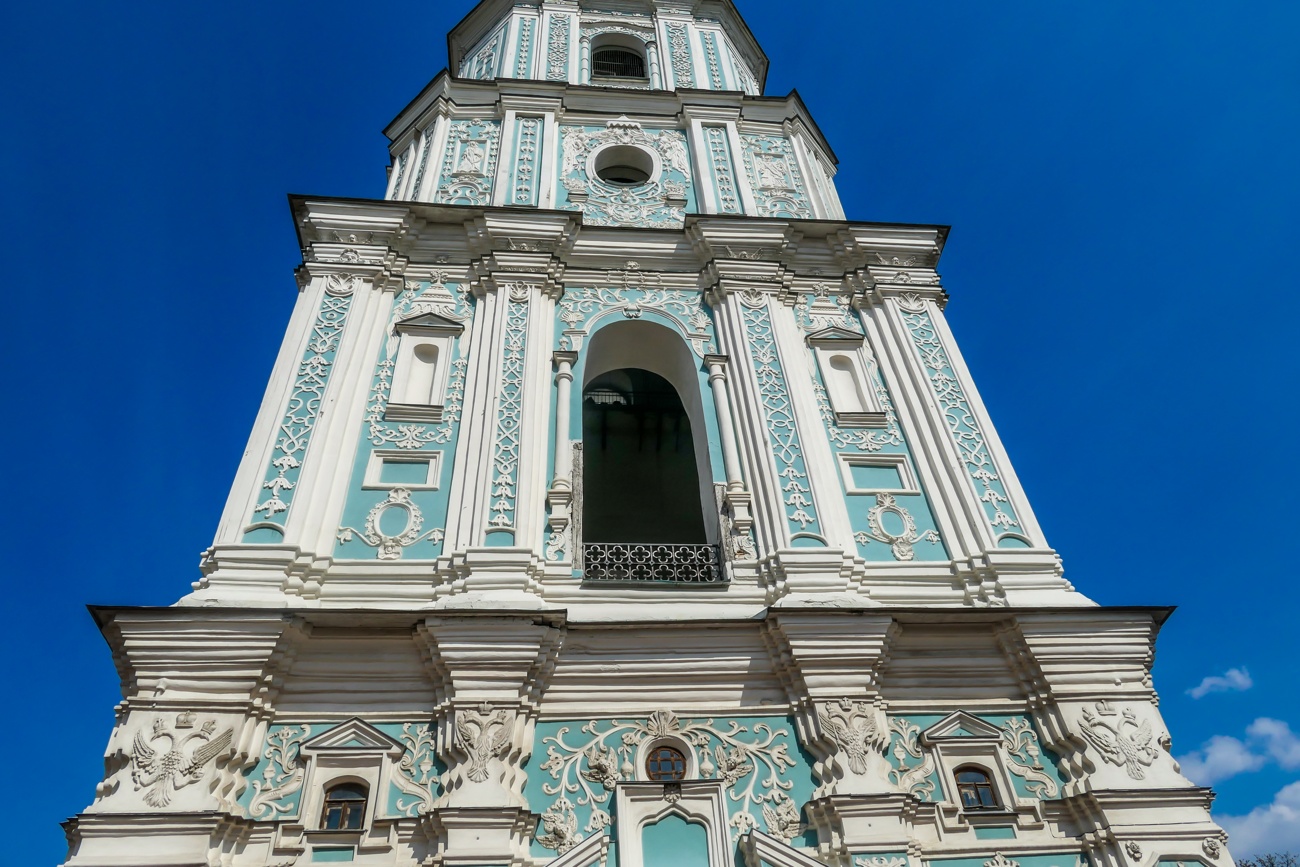
Baroque restoration
Inscribed in 1990, Saint Sophia Cathedral is the emblem of the city and the first monument in the country to be inscribed on the Unesco World Heritage List as a cultural property, along with the surrounding monasteries and the Monastery of the Caves. The Cathedral was restored during the Baroque period and it was then that the bell tower, which houses the heaviest bell in Ukraine (13 tons), was added.
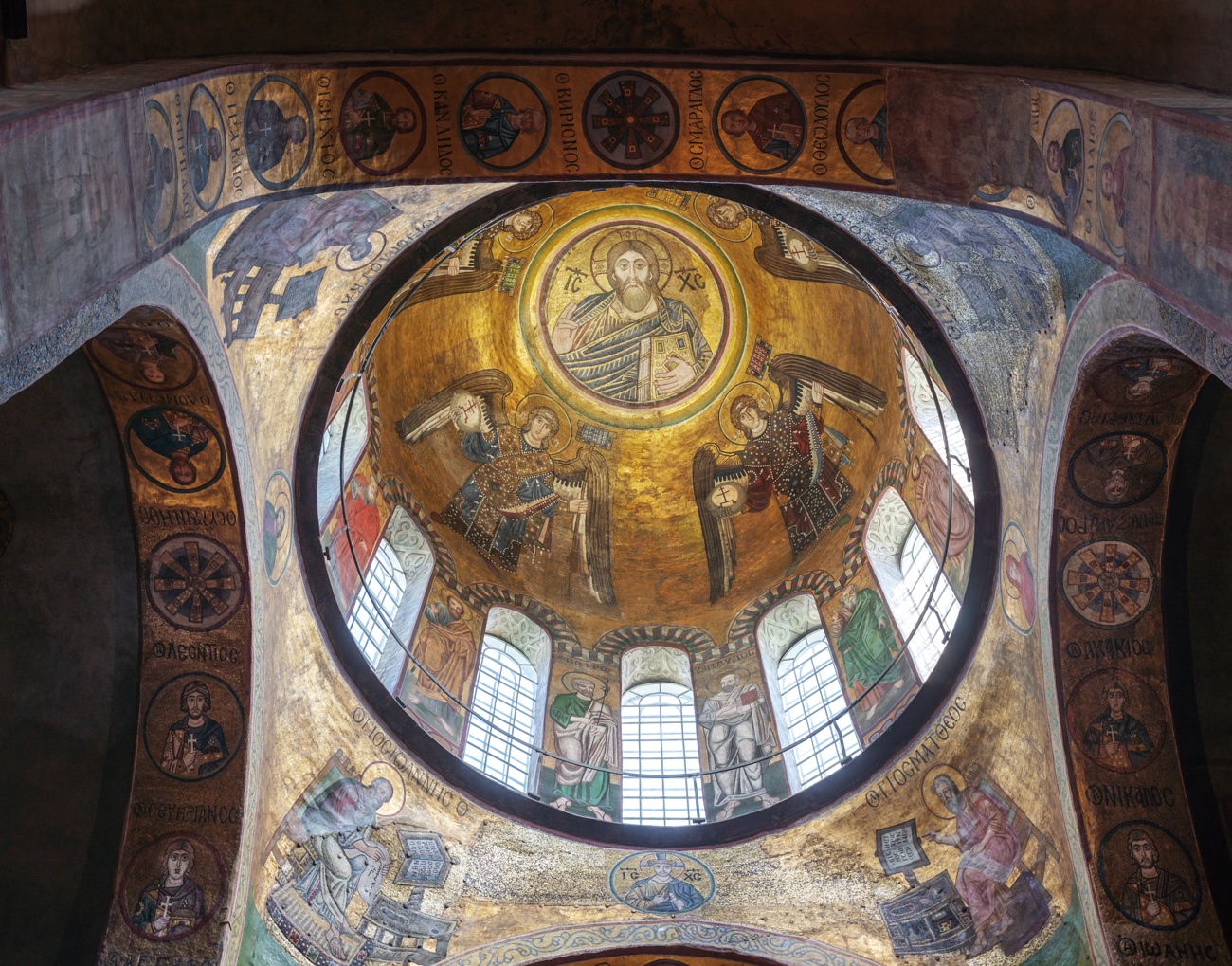
Byzantine interior
The interior of Hagia Sophia retains its authenticity and is the most valuable part of the temple. It preserves Byzantine-inspired mosaics (the most famous is the The Virgin Orans), medieval frescoes and wall paintings from the eighteenth and nineteenth centuries. The Cathedral also served as a burial place for the princes of Kiev, but today only Yaroslav I the Wise and his wife are still buried in the temple.
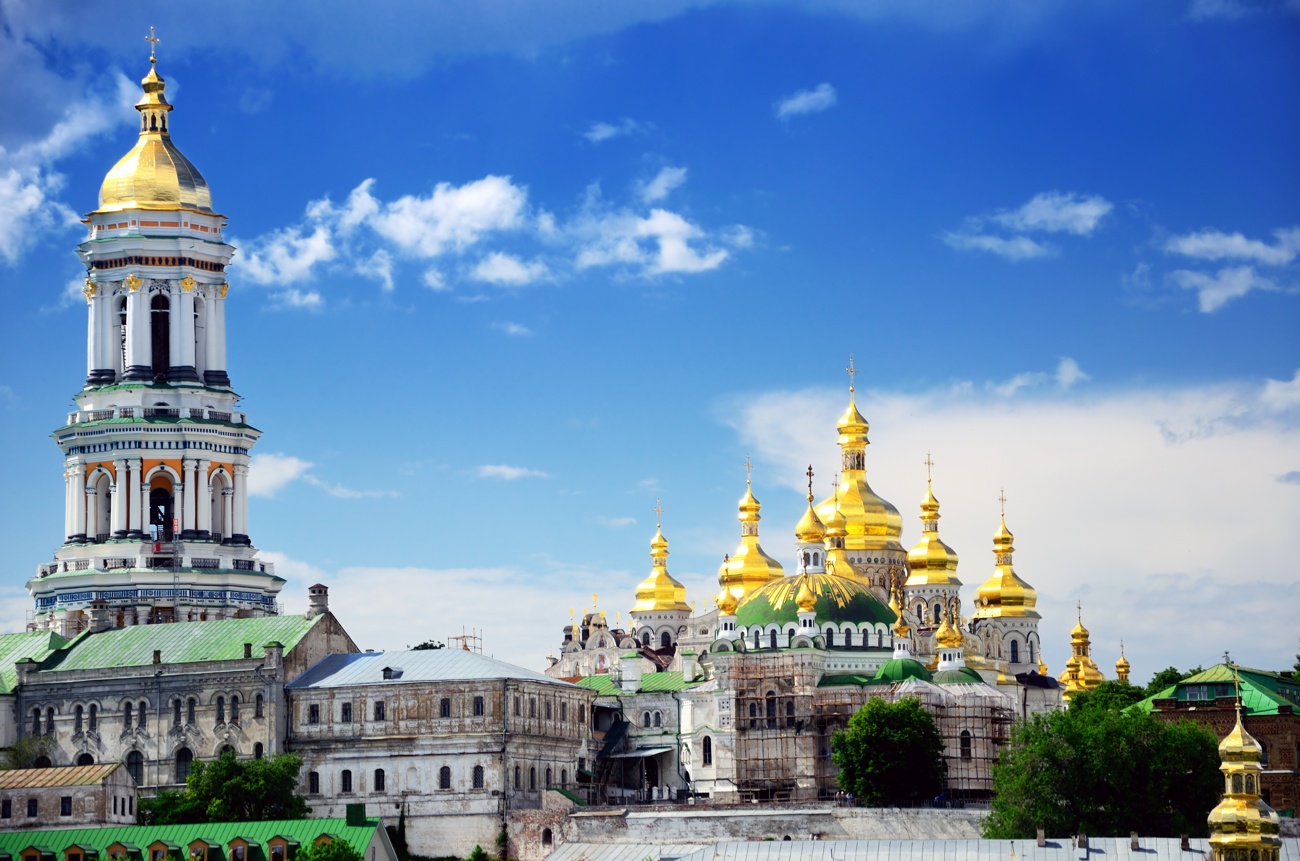
Kyiv-Pechersk Lavra[
Surrounded by walls, the Pechersk Lavra or Cave Monastery complex covers a 28-hectare enclosure of wooded hills that dates back to the 10th century and whose golden domes illuminate the hills of the Dnieper River. It was an Orthodox ascetic monk from Mount Athos in Greece who founded a religious community in the caves in the hills near the Dnieper River. When they were filled, they began to build the buildings that now form the complex. Its main temple is the Cathedral of the Assumption (Sviato-Uspenskiy Sobor/Dormition Cathedral, in the Orthodox tradition).
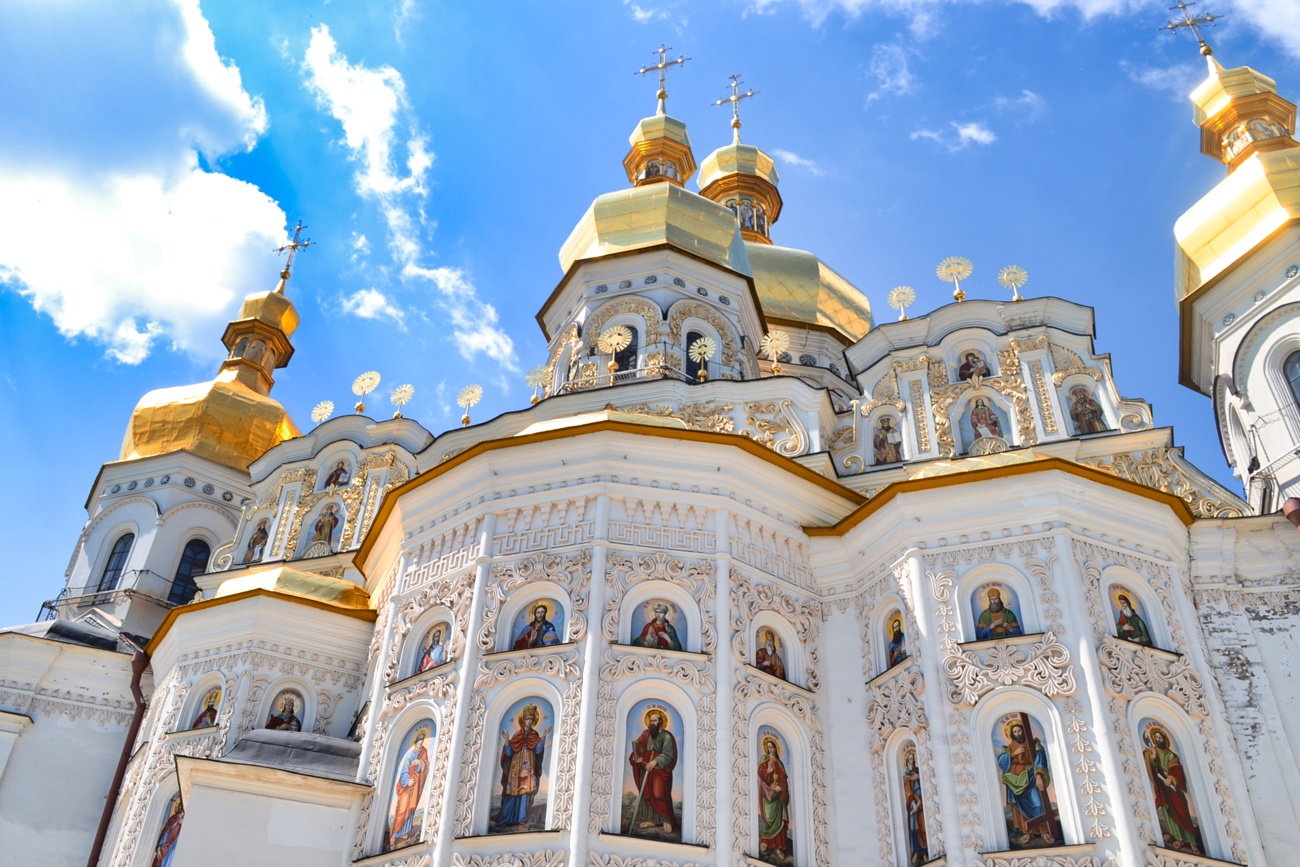
Baroque style
The enclosure was sacked and its buildings destroyed and rebuilt several times. The one that has come down to us is from the 18th century, in baroque style, like the Cathedral of St. Sophia and also the bell tower of almost 100 meters was built and that, until the mid-twentieth century was the tallest building in Kiev.
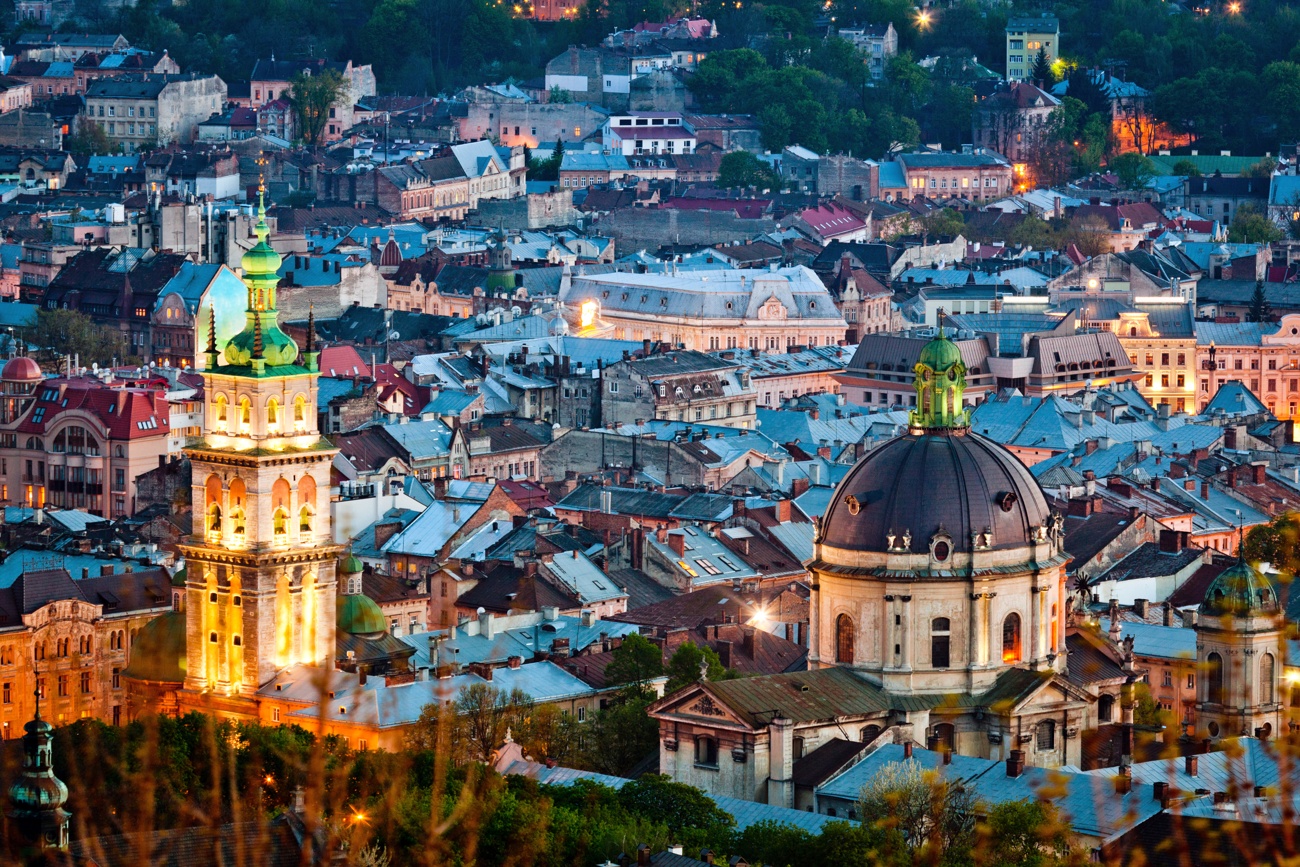
2. Lviv – the Ensemble of the Historic Centre
Lviv was founded in the late Middle Ages and became the capital of the Kingdom of Ruthenia and an important administrative, religious and commercial center during the following centuries. It became part of the Austro-Hungarian Empire under the name of Lemberg and after the fall of the empire became the capital of Western Ukraine for a short period of time until it was incorporated into the Second Polish Republic under the name of Lwów. In 1939 it was taken and incorporated into the Ukrainian SSR, to which it returned after the German occupation in World War II.
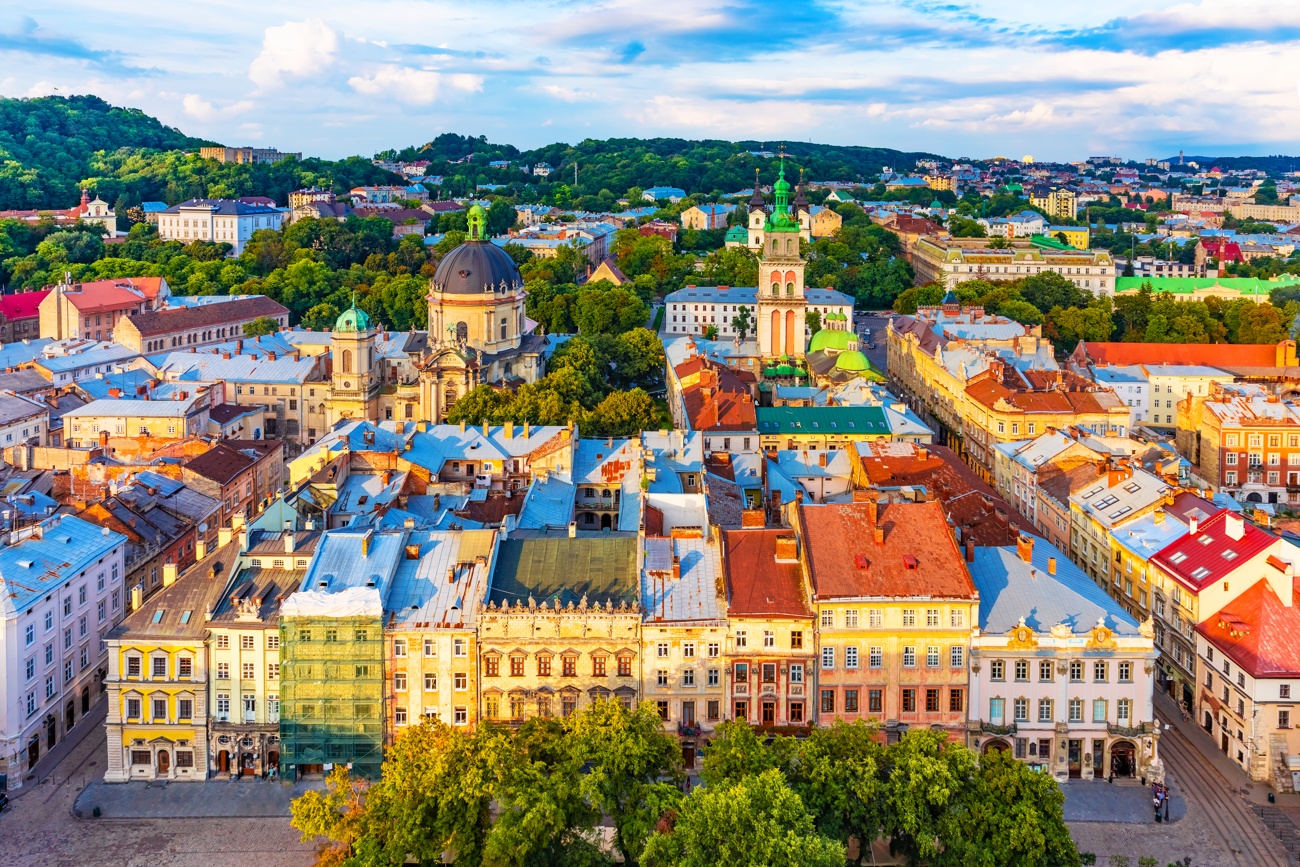
Medieval layout
The city retains almost intact its medieval layout and preserves the imprint of the different communities that have passed through it. It has the largest number of architectural monuments in Ukraine and its streets mix mosques, synagogues, Orthodox, Catholic and Armenian churches with important Renaissance, Baroque and classical buildings.
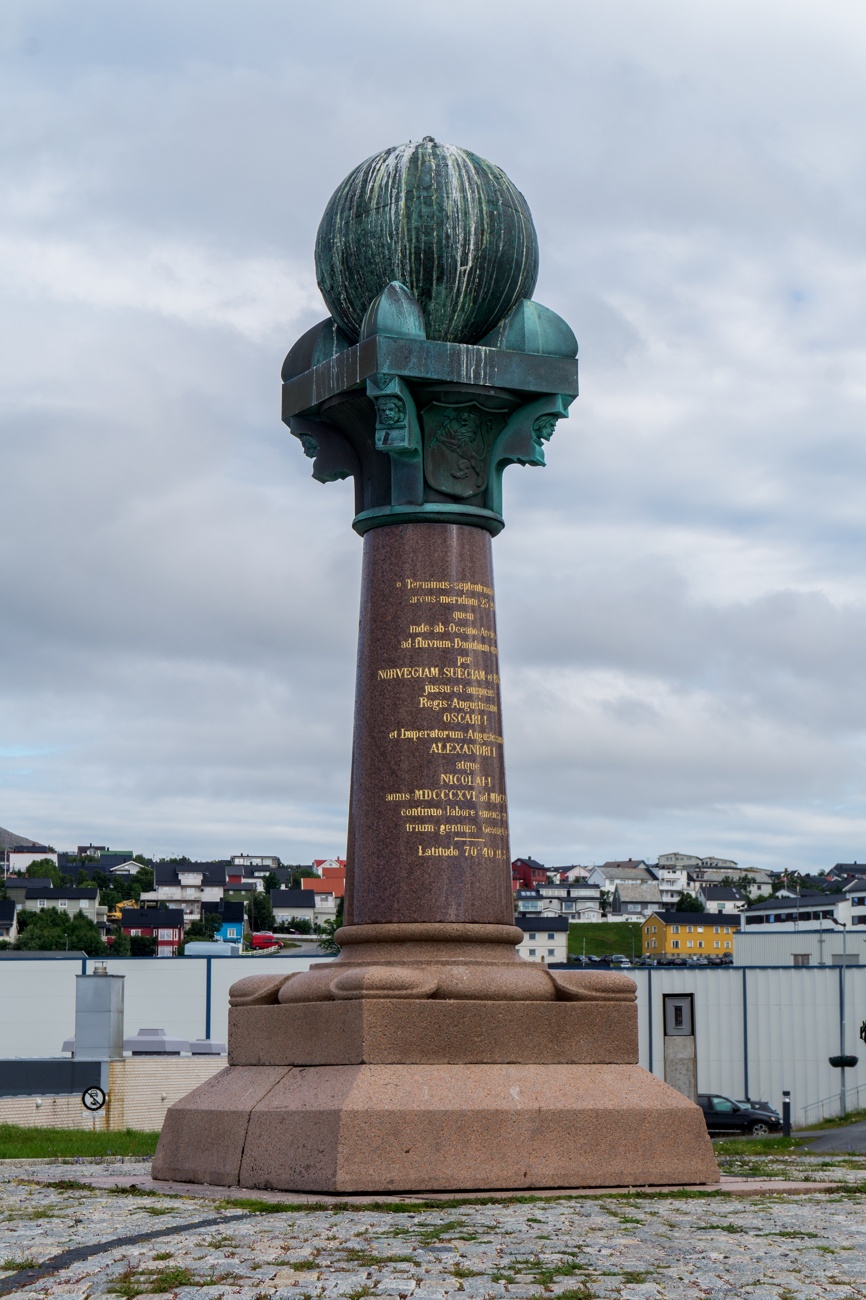
3. Struve Geodesic Arc
The German astronomer Friedrich Georg Wilhelm Struve was the first to measure a meridian and to demonstrate that the Earth is flattened by the Poles. He constructed a system of triangulations between 1816 and 1855, the Struve geodetic arc, which extends from Hammerfest (Norway) to the Black Sea, along 2,820 km, with more than 500 geodetic points and crossing ten countries.
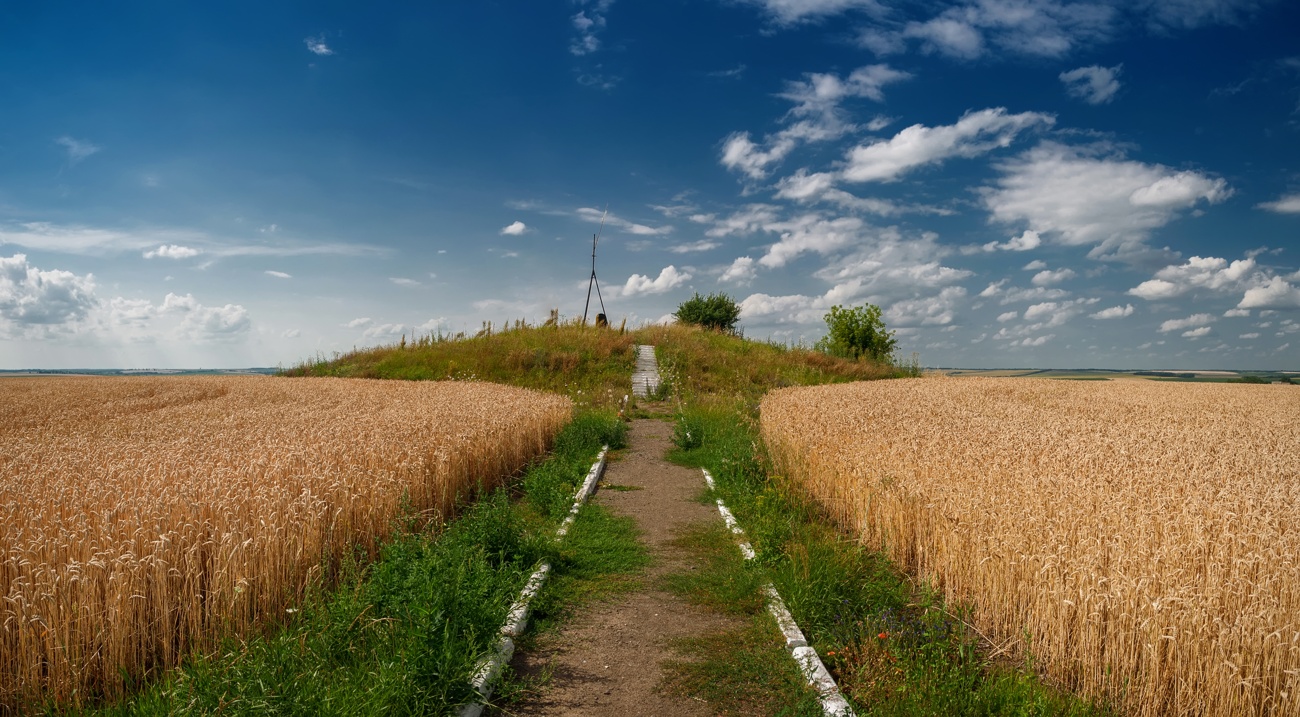
The shape of the Earth
34 of these landmarks, which served as geodetic points to determine the exact shape of the Earth, were declared by Unesco as a World Heritage Site for being «an extraordinary display of scientific collaboration between wise men from different countries, as well as an example of cooperation between several European monarchs for scientific progress.» Ukraine has four such sites in: Antonivka, Hvardiiske, Baranivka and Izmail.

4. Beech forests of the Carpathian Mountains
The primeval beech forests of the Carpathian Mountains were added to the Unesco list in 2007 by including the beech forests that have spread across Europe since the end of the Ice Age. This World Heritage Site is composed of more than 50 forests from a dozen countries.
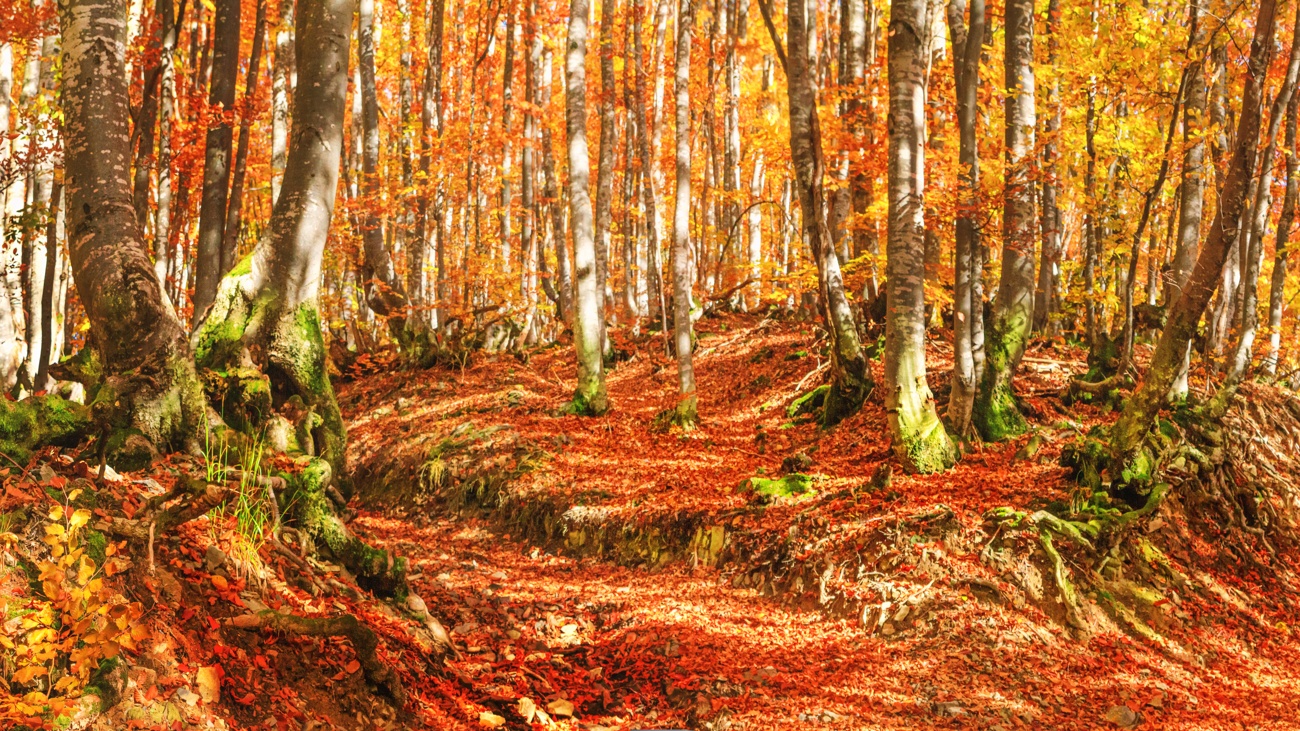
Reserves and National Parks
Ukrainian locations include forests of the Carpathian and Roztochya Biosphere Reserves; the Gorgany Nature Reserve and the Uzh, Podilski Tovtry, Synevyr and Zacharovanyi Krai Nature Parks.
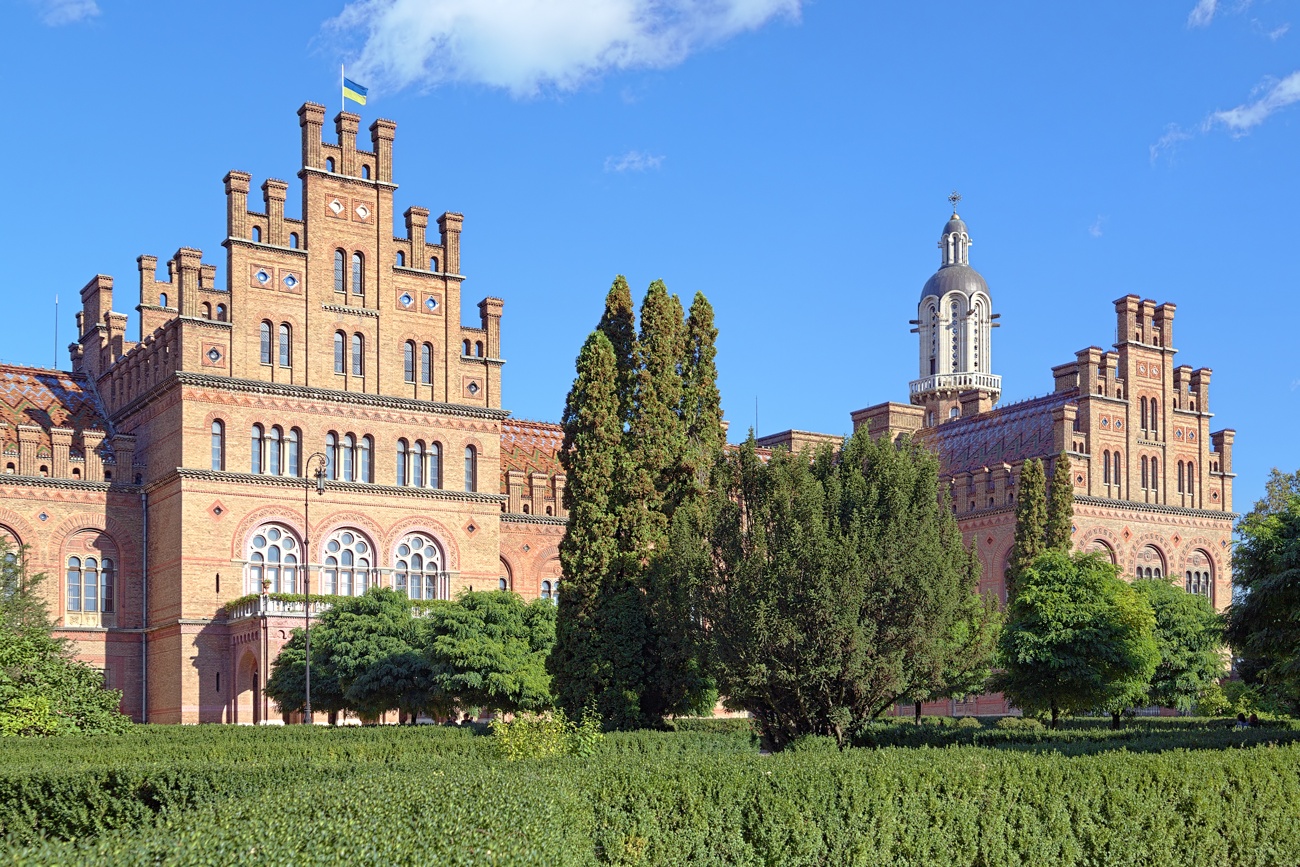
5. Residence of Bukovinian and Dalmatian Metropolitans
The former Residence of the Archbishops of Bukovina is the main jewel of the architectural ensemble of the city of Chernivtsi. Its exterior combines styles from different cultures: Arabic, Byzantine and Roman and its construction was directed by the Czech architect Josef Hlavka for 18 years. This extraordinary complex consists of three buildings, the Residence of the Metropolitans, with its Chapel of St. Ivan of Suceava; a seminary and a monastery. But if the exterior attracts attention, the best is inside, with luxurious rooms and exceptional decorations, such as the Marble Hall, considered one of the most beautiful in Europe.
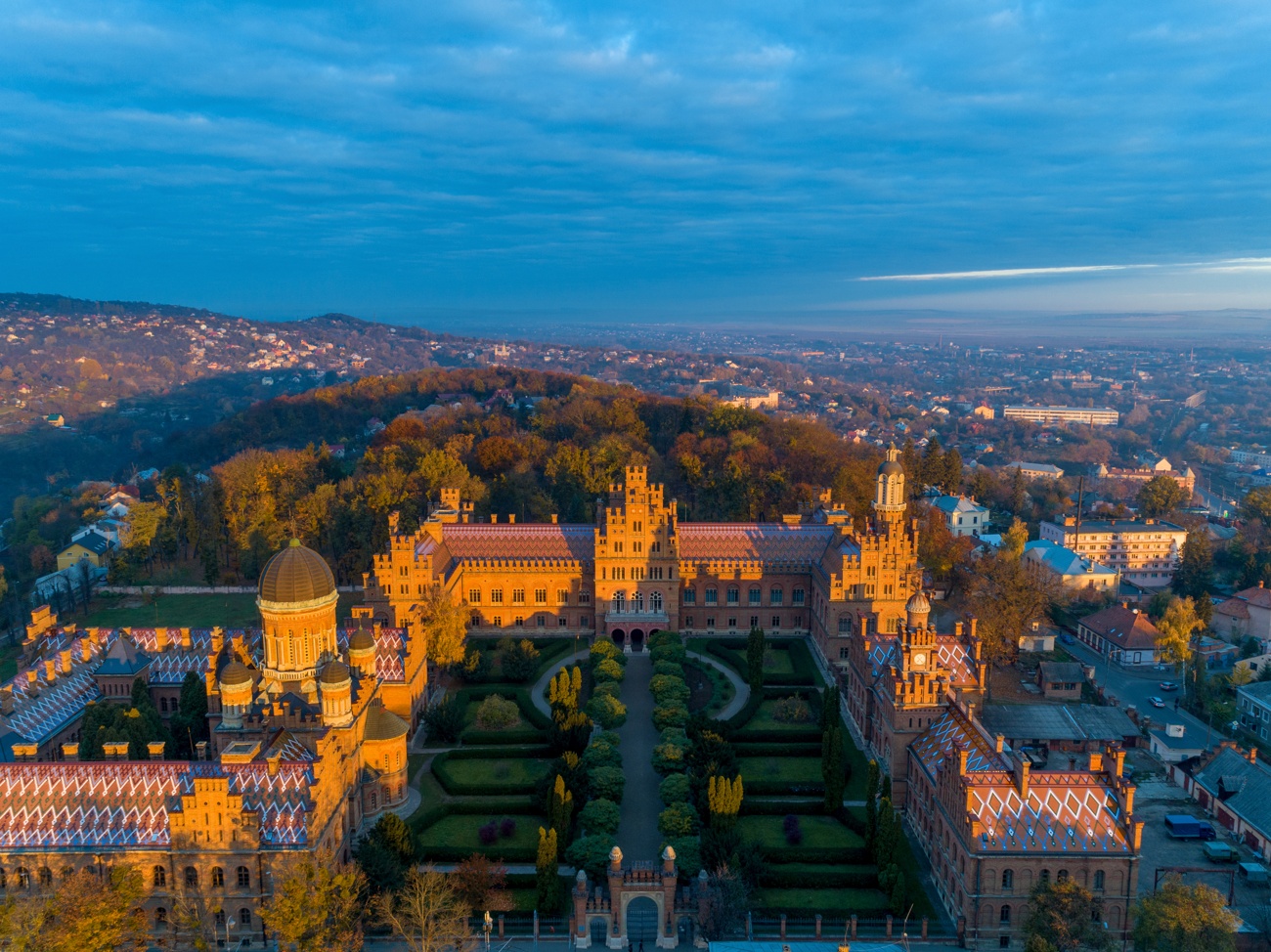
Chernivtsi University
Today, this former residence is home to the University of Chernivtsi. This city, nicknamed ‘little Vienna’, is, together with Lviv, one of the cultural centers of Ukraine. It is located at the foot of the Carpathian Mountains, on the hills of the Prut River (a tributary of the Danube) and during the Austro-Hungarian Empire it became one of the richest cities in Europe.
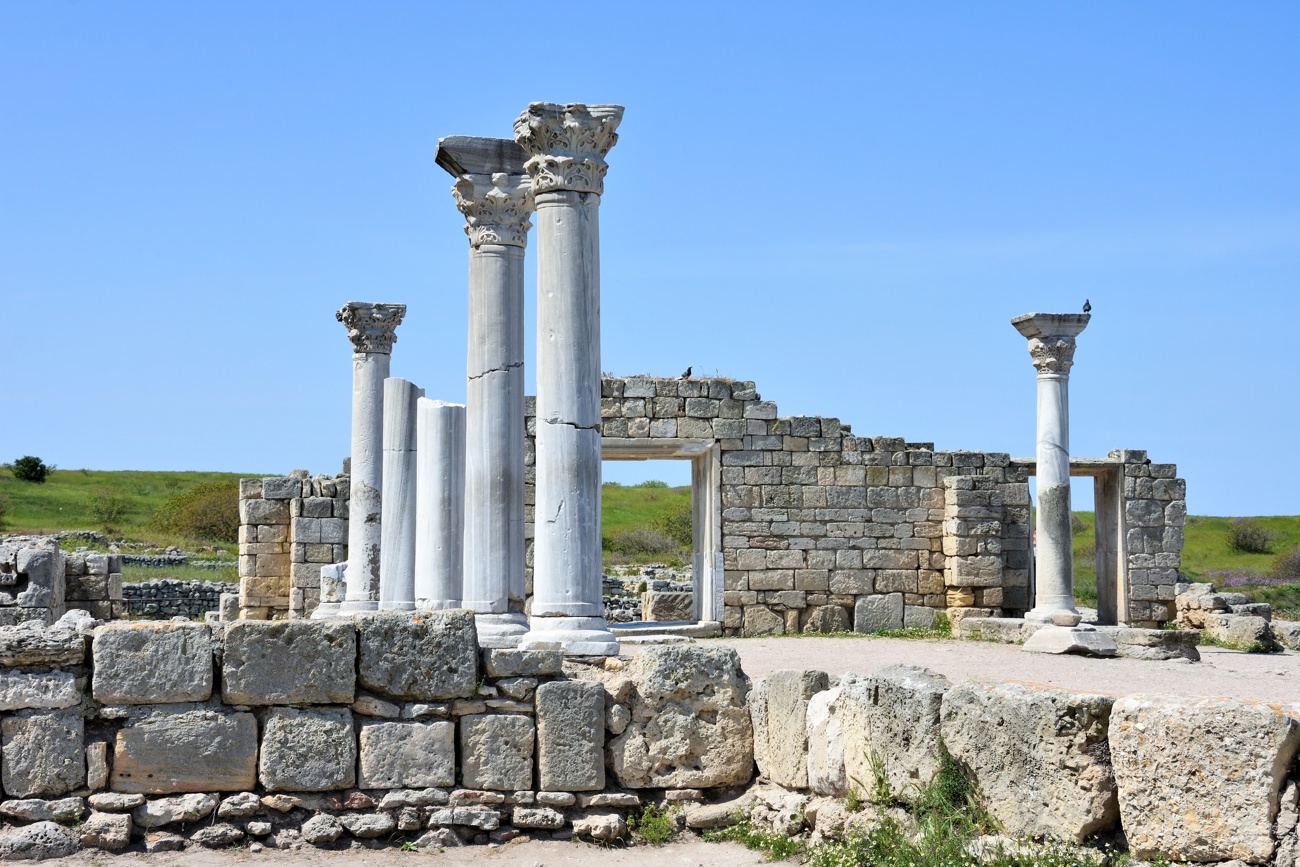
6. Ancient City of Tauric Chersonese and its Chora
Chersonese was an ancient Greek colony founded in the 5th century BC in Crimea (Tauric Peninsula), in a wonderful enclave located on a small peninsula between two bays. They divided it into 400 exactly equal parts, which they called ‘chora’. It was an important political, agricultural, commercial and cultural center of the northern Black Sea. It comprises six sites with urban remains and agricultural land and has two concentric walls protecting a Roman amphitheater, a Greek temple, several public building complexes and residential quarters, as well as early Christian monuments along with remains of Stone Age and Bronze Age settlements; Roman and medieval fortifications and well-preserved examples of vineyard planting.
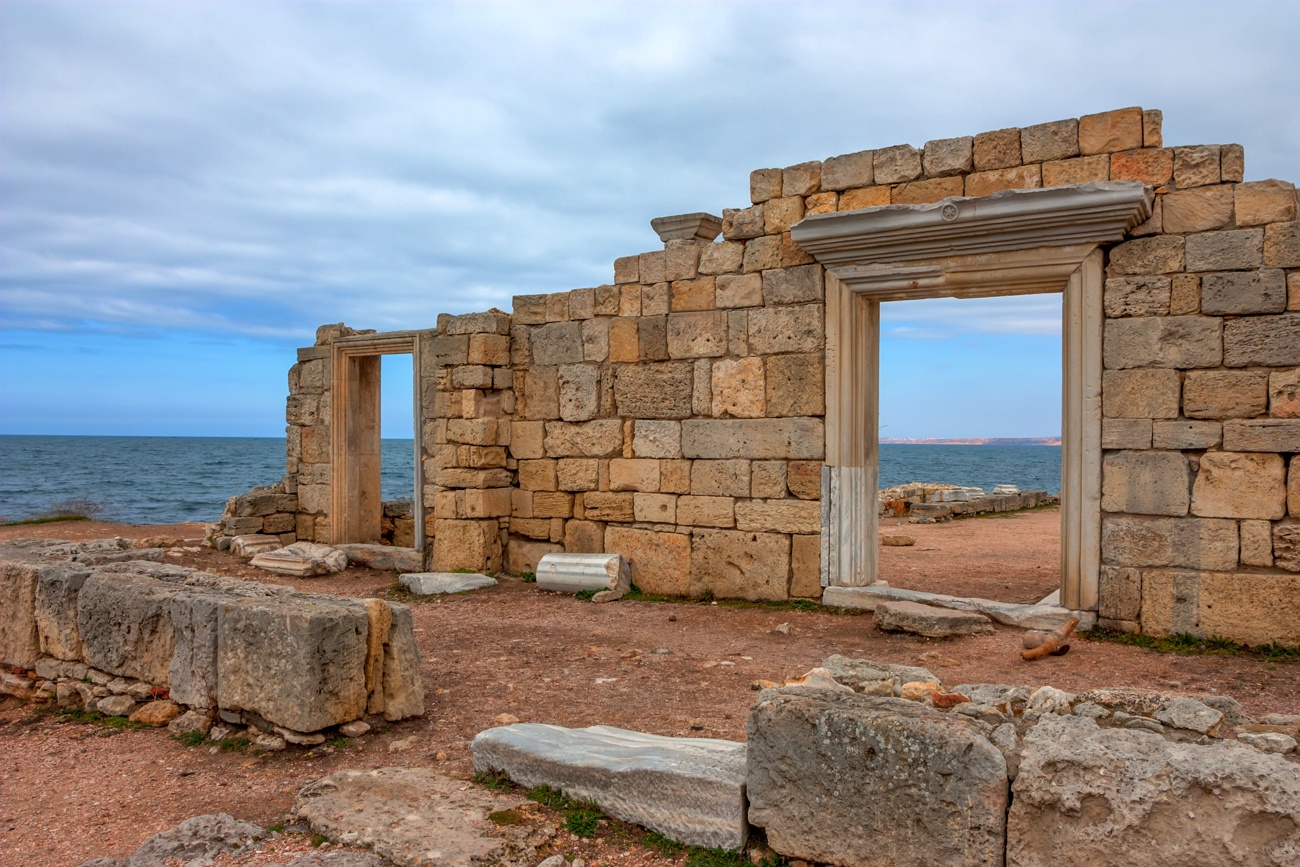
Wine Center
Known as the ‘Ukrainian Pompeii’, in the 3rd century A.D. the place was known as the most productive wine center of the Black Sea and remained a center of exchange between the Greek, Roman and Byzantine empires and the northern Black Sea populations. It is currently located in one of the suburbs of Sevastopol.
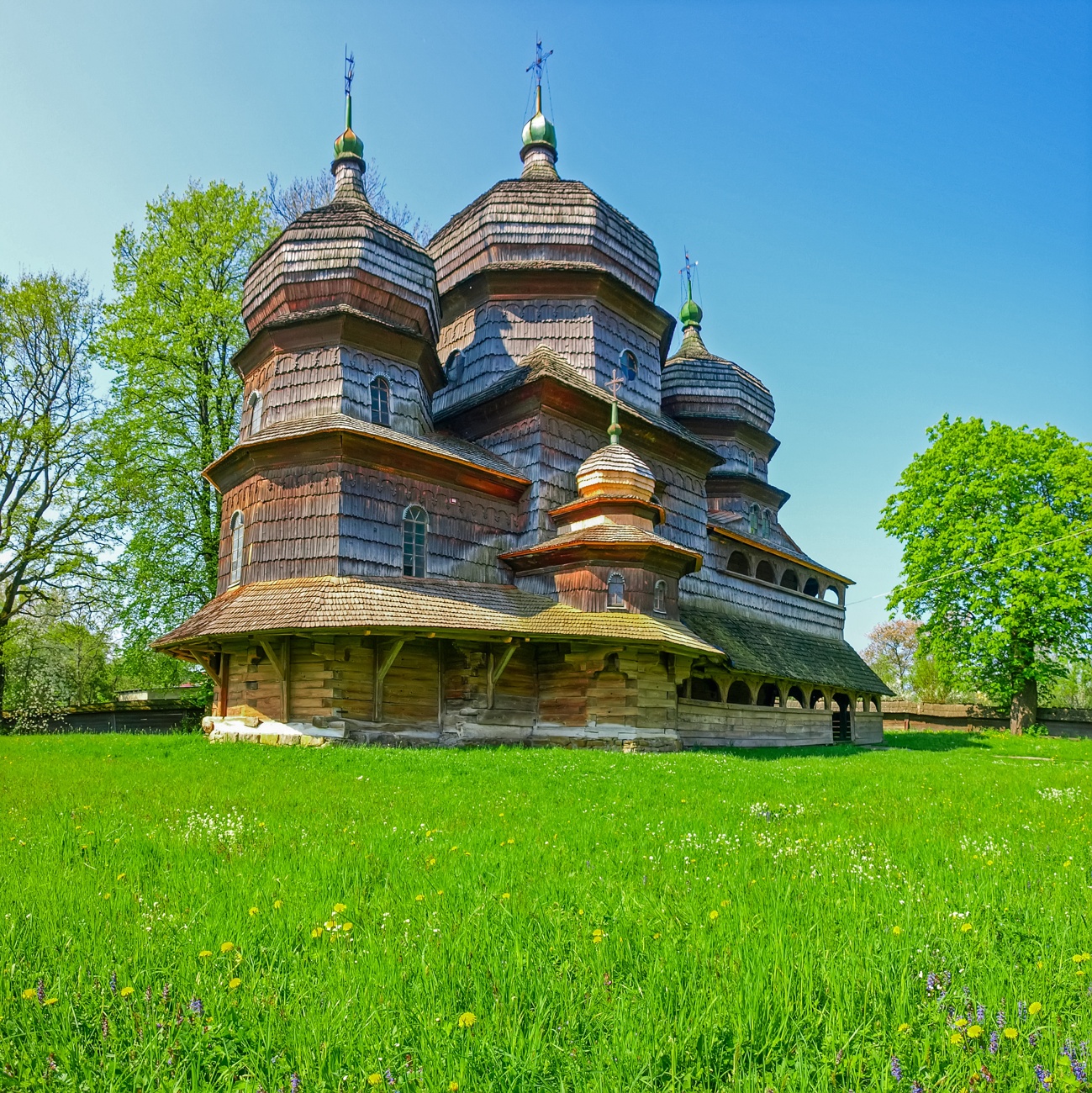
7. Wooden Tserkvas of the Carpathian Region
Located between Poland and Ukraine in the Carpathian Mountains are 16 churches or tserkvas built between the 16th and 19th centuries by Orthodox and Greek Catholic communities. Unesco describes them as «testimony to an identifying building tradition rooted in Orthodox ecclesiastical design interwoven with elements of local tradition, as well as symbolic references to the cosmogony of their communities.»
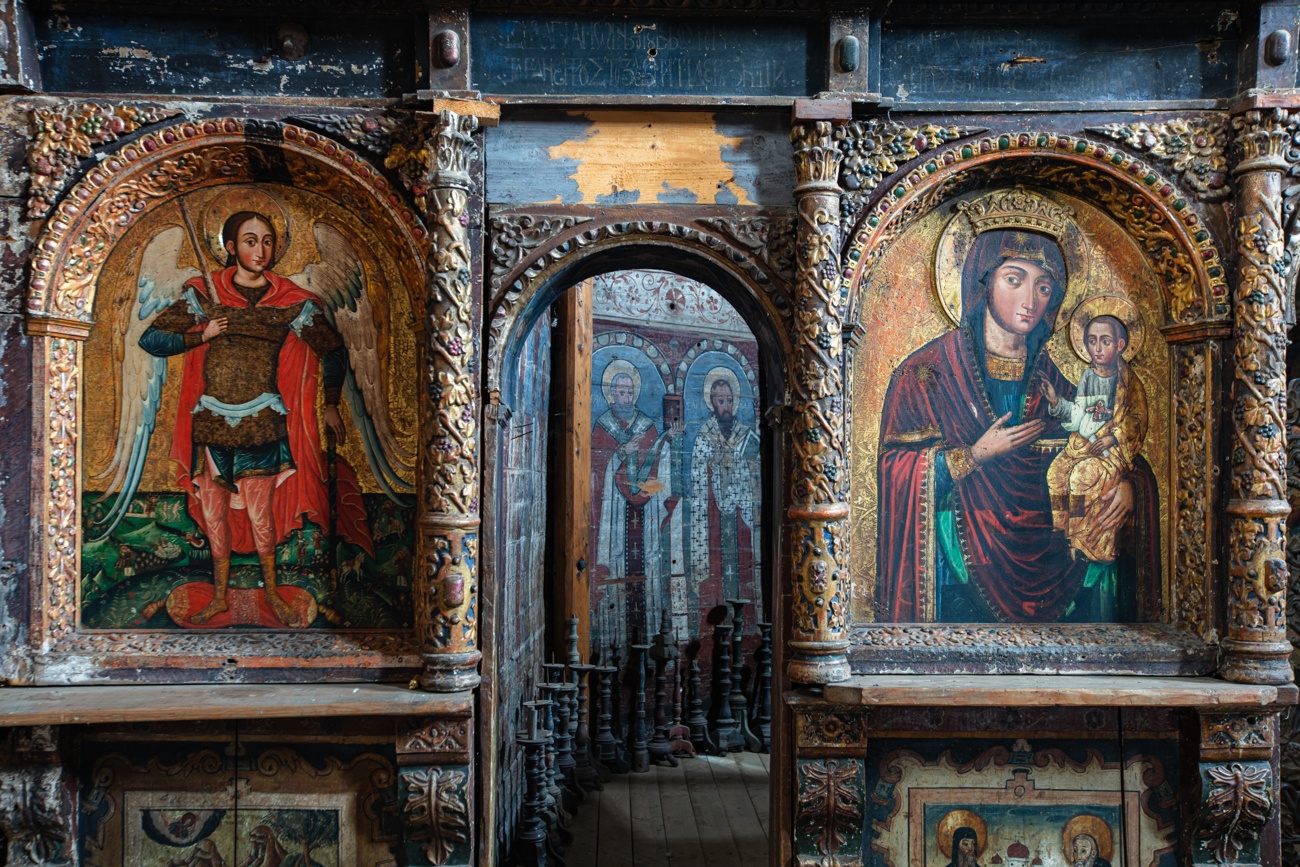
Built in wood
They are built in wood, of simple form, on a tripartite plan crowned by open quadrilateral or octagonal domes. Most of them are located in remote rural villages and their interiors feature polychrome decorations. They usually have independent wooden bell towers and their patios, porticoes and cemeteries stand out.

8. The Historic Centre of Odesa
As of January 25, 2023, Unesco has included the historic center of Odesa on the list of ‘World Heritage in Danger’. «Odesa, a free city, a world city, a legendary port that has left its mark on cinema, literature and the arts, thus comes under the reinforced protection of the international community,» said Audrey Azoulay, director general of Unesco, in a statement issued after the decision.
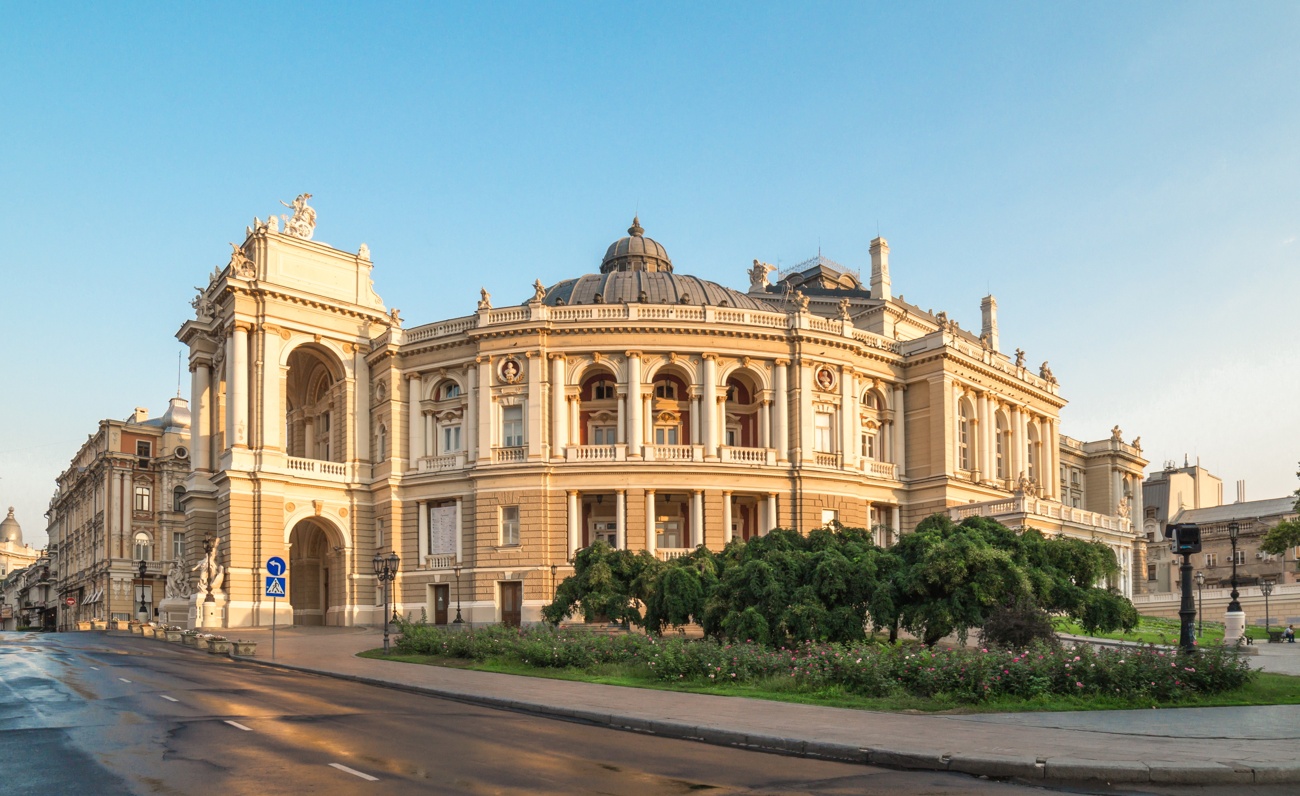
Mediterranean air
Odesa, ‘The Pearl of the Black Sea’ or the ‘Palmyra of the South’, was founded in 1794 by Empress Catherine the Great and is Ukraine’s largest commercial seaport. The city center is strongly influenced by the French and Italian architectural style, which gives the city a Mediterranean flair, as evidenced by the Opera and Ballet Theater, a building reconstructed in 1877 in neo-baroque style.
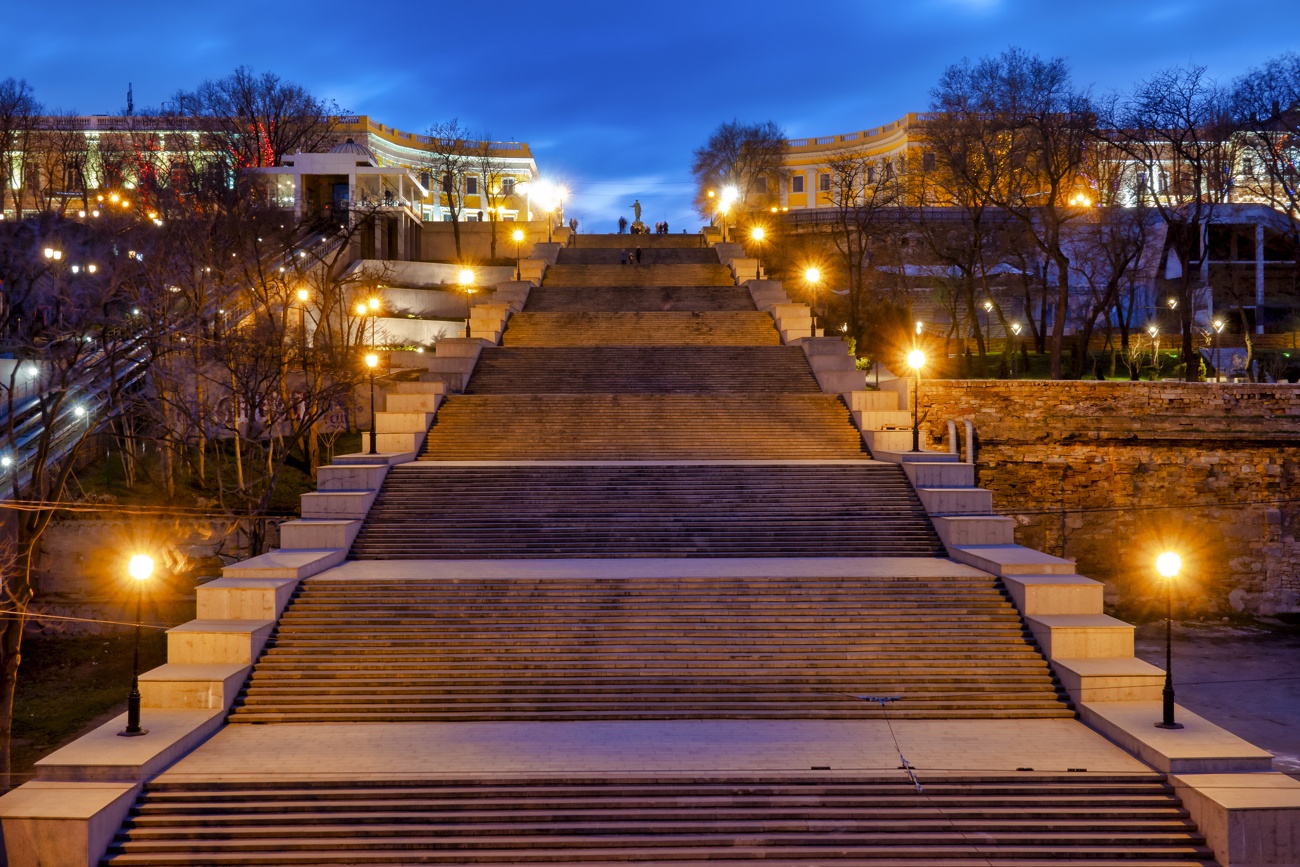
Escalera Potemkin
But Odesa has also left its mark on cinema, literature and the arts. The Potemkin Staircase, another of the symbols of the city, served as the setting for one of the most famous scenes of the film ‘Battleship Potemkin’, by Sergei Eisenstein, in which the Cossacks shoot at the people to end support for the rebels.






